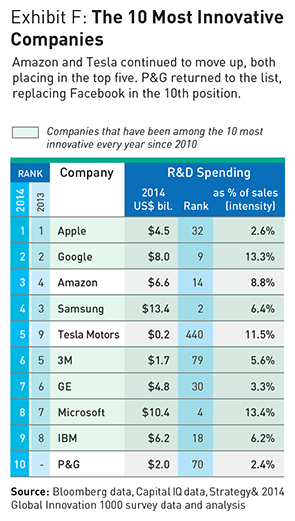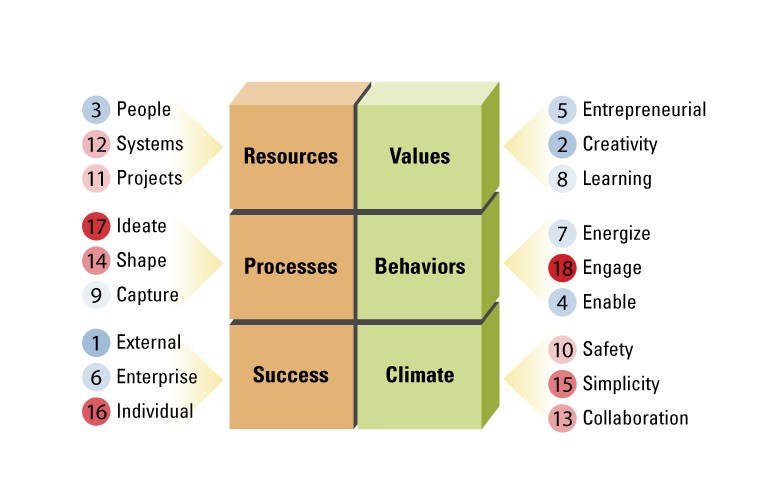Do Innovations Ever Pay Off the Value to Investing in Innovation
Post on: 16 Март, 2015 No Comment

Do Innovations Ever Pay Off? the Value to Investing in Innovation
Management has often been criticized for an earnings-focused short term orientation that reduces or delays investments in risky, long term innovation projects in order to boost the firm’s stock price. Rarely does a discussion of corporate strategy or entrepreneurial motivation proceed these days without alluding to one significant dynamic—innovation.
For example, Clayton Christensen and Scott Anthony write in Business Week, ”The notion that managers must above all appease investors drives behavior that focuses exclusively on quarterly results. Thus, many management teams hesitate to invest in promising innovations that are likely to hurt near-term financial performance.” But do investments in innovations hurt stock prices?
Not so suggests Gerard J. Tellis, a professor of marketing at the University of Southern California’s Marshall School of Business, and Ashish Sood, an assistant professor at the of marketing at Emory University’s Goizueta Business School. They have devised a new metric for evaluating the total stock market returns to an innovation project. “We’re assessing whether markets respond negatively to investments in innovation and whether they enforce a shorter orientation,” explains Tellis.
“The key questions are: how does the stock market react to announcements about innovation and what is the total return to the innovation project?” They answer these questions in their paper, “Do Innovations Really Payoff? Total Returns to Innovation,” which is forthcoming in Marketing Science, the top journal in the marketing field.

Tellis and Sood, who have teamed up before to research areas such as technological evolution and new products adoption across global markets, set out again with this research to help managers better understand and quantify the investments they are making in innovation. In this case, they want them to recognize the power of innovation to do everything from fueling the growth of new products to promoting the global competitiveness of nations. “Firms may underinvest in innovation because of the high costs, the long delay in reaping market returns if any, the uncertainty of those returns, and the difficulty of adequately measuring them,” suggests Tellis. “Indeed, accurately assessing the market returns to innovation may be critical to motivating firms to invest in innovation.”
The authors argue that the best approach is for firms to examine the market returns to an entire innovation project. They demonstrate this by using the so-called event study method, also known as the Fama-French-Momentum 4 Factor Model, to analyze 5,481 announcements—everything from the start of a project to joint ventures and key approvals—from 69 firms in five markets and 19 technologies during the period from 1977 to 2006. The event study method, popular for the last 30 years, captures the stock market’s reaction to an announcement and actually predicts the valuation that the stock market puts on that particular announcement.














